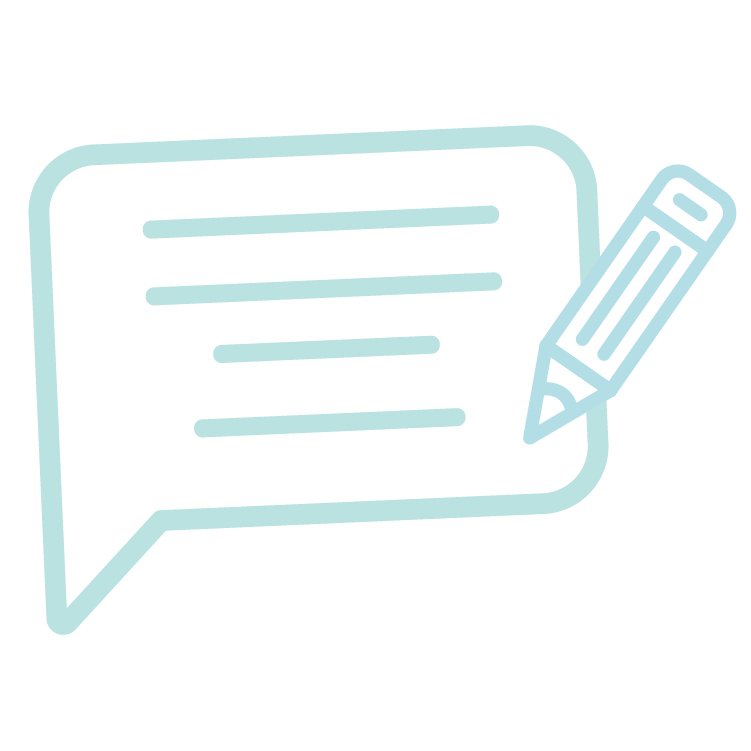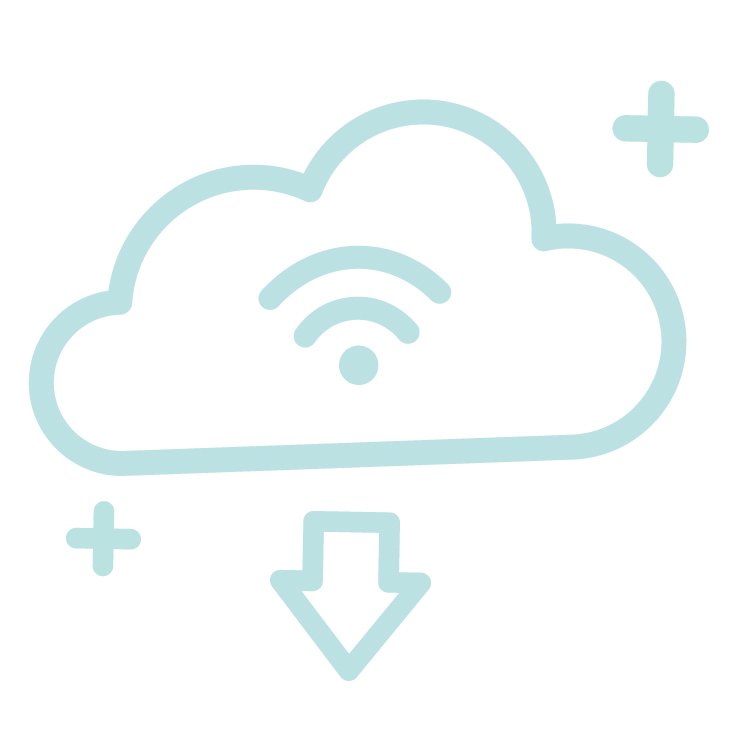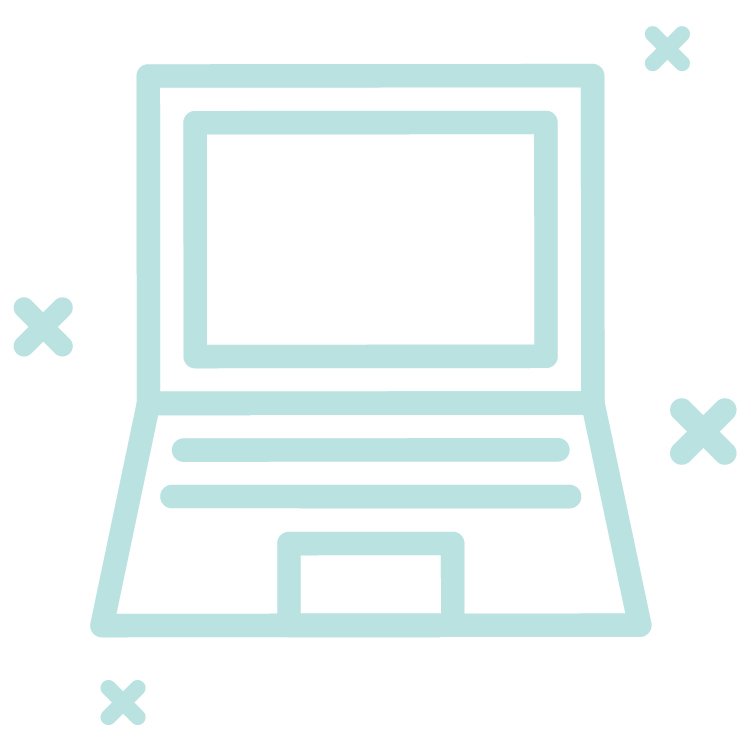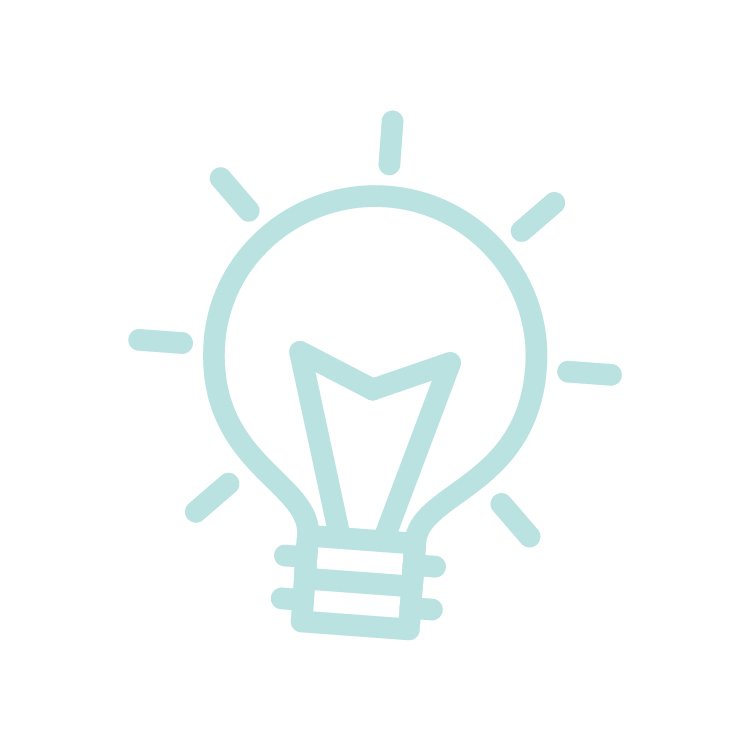


Interactive flat panels are equipped with many functionalities intended to help make things more engaging and one these is the team post application. This application was designed with teachers in mind and provides a digitalized platform for learning games previously played on standard whiteboards. Basically, this application divides the interactive flat panel’s screen into sections, which allows students to stand at the board and compete simultaneously to solve problems. Imagine turning homework review or comprehension quizzes into a collaborative contest that allows students to compete against one another in a safe learning environment designed to inspire a healthy level of friendly competition. ’s screen into sections, which allows students to stand at the board and compete simultaneously to solve problems. Imagine turning homework review or comprehension quizzes into a collaborative contest that allows students to compete against one another in a safe learning environment designed to inspire a healthy level of friendly competition.
This is a great way to inspire collaborative teamwork as teachers can send individuals or teams to the board to answer questions in high school history class, practice simple arithmetic in elementary school math or show off haiku skills in middle school English.

Today’s interactive flat panels enable every student in the class to participate simultaneously by posting electronic sticky notes with their own thoughts to the screen from their personal device. The teacher can then pick out the best ones for discussion and can , protecting the feelings of more introverted students who also have valuable input to share. protecting the feelings of more introverted students who also have valuable input to share.
Additionally, the feature also saves time previously spent filtering through each raised hand in an effort to raise attention and pinpoint possible issues with comprehension. It allows teachers to acknowledge every voice instead of just the ones brave enough to put their arm in the air. This feature is especially helpful when reviewing textbook discussion topics and holds every student accountable as teachers can require everyone to submit at least one sticky note.

whiteboards create more engaging lessons by allowing teachers to access interactive material from their cloud storage such as Google Drive, Microsoft OneDrive, Dropbox, or their own personal cloud. Forget about printing out pictures, teachers can now pull up various images directly in class from their drive or by using web search, discuss them with students using digital sticky notes, and then annotate on them directly for every student to see, all with one device. Teachers can also project their notebooks onto a digital whiteboard to present in an environment that they're already used to. This flexibility makes it easy for teachers to switch back and forth between their educational presentation, Wikipedia, and other educational sources such as National Geographic or Crash Course.whiteboards create more engaging lessons by allowing teachers to access interactive material from their cloud storage such as Google Drive, Microsoft OneDrive, Dropbox, or their own personal cloud. Forget about printing out pictures, teachers can now pull up various images directly in class from their drive or by using web search, discuss them with students using digital sticky notes, and then annotate on them directly for every student to see, all with one device. Teachers can also project their notebooks onto a digital whiteboard to present in an environment that they're already used to. This flexibility makes it easy for teachers to switch back and forth between their educational presentation, Wikipedia, and other educational sources such as National Geographic or Crash Course.
A perfect example of this is using an interactive flat panel’s internet connectivity to plan a field trip. Teachers can pull up images, maps, and request feedback from students all on one surface. Teachers can also pull up their own or student documents from the cloud and edit them directly on the board. This allows the entire class to benefit and learn from mistakes. Teachers can even prompt students to find any mistakes made by their peers, making homework review a more collaborative experience.

Panding the concept of the digital classroom, interactive flat panels encourage and compliment BYOD (Bring Your Own Device) policies, which are growing in popularity. These policies allow students to bring their own technological tools into the classroom. Students can then connect these personal devices (phone, tablet, or laptop) to an interactive flat panel, allowing teachers to take control of their device to present valuable information. , allowing teachers to take control of their device to present valuable information.
Some digital whiteboards take it one step further by being outfitted with two special modes for connecting to student devices. For teaching, teachers can use a presentation mode, which only allows for one way communication, meaning that students cannot make changes to the board, but only receive information. A second mode is designed for collaboration and allows students to directly write and comment on the board during the lesson from the comfort of their own chairs. This helps ensure everyone is paying attention (and not hiding magazines behind their notebooks).

Last, but not least, the split screen application allows multiple students to share work simultaneously on the board for review with their classmates. The high school literature class can collaborate on what makes the best introduction for that recently assigned research paper everyone is about to start writing. At the other end of the spectrum, in an elementary school class, teachers can review lettering homework for students all at once.
Additionally, thumbnails of the connected students’ work will appear on the screen, allowing teachers to easily switch between different students work. This kind of application creates a new level of accountability with students, especially in regard to homework assignments as students walk into class knowing their work will be on display for the entire class to see and comment on. It also makes checking homework a more collaborative experience, effectively flipping the classroom and allowing students to take on the role of teacher.

© 2020 BenQ - all rights reserved. Terms of Use : privacy policy & Cookies